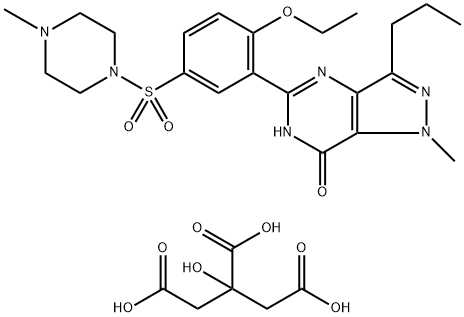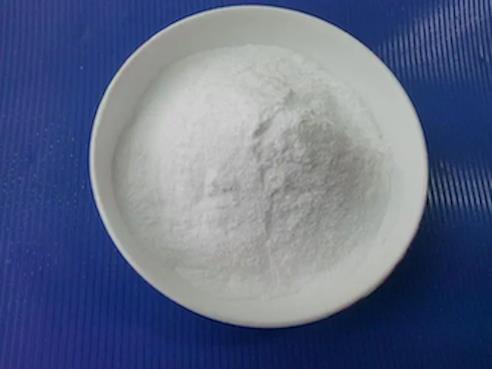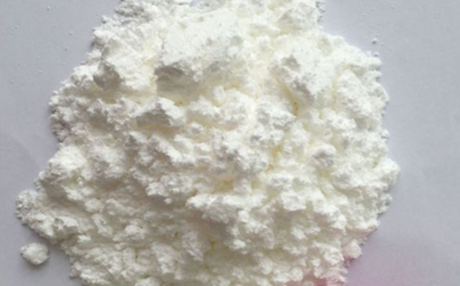Sildenafil Citrate: A Revolutionary Approach in the Pharmaceutical World
Sildenafil citrate (Viagra®, Pfizer) is a selective inhibitor of cGMP-specific phosphodiesterase type 5 (PDE5), a PDE isozyme found in high concentration within the corpus cavernosum.

Pharmacokinetics
Pharmacokinetic studies have supported the suitability of single oral doses of sildenafil for an as-needed and on-demand treatment for ED. In healthy volunteers, sildenafil doses are absorbed rapidly, with maximum plasma concentrations achieved within a median time of 1 h (range, 0.5–2 h) after dosing. The terminal half-life of sildenafil is 3–5 h; therefore, the drug's therapeutic response is expected to be sustained for at least 3 h following a dose of 100 mg.1
Synthesis
The first step of the synthesis is the reaction of a diketoester (1) and hydrazine to give the pyrazole ring. The regioselective N-methylation of the pyrazole and hydrolysis gives a carboxylic acid (3). Compound (3) is then reacted with HNO3 and H2SO4 to give a nitrated product.
This is then followed by a carboxamide formation and the reduction of the nitro group. The compound (4) is then acylated under basic conditions and this produces the pyrazolopyrimidinone (6). (6) is then chlorosulphonylated selectively on the 5'-position of the phenyl ring. This can then couple with an amine to give sildenafil (7).
Applications
Sildenafil citrate is a phosphodiesterase-5 (PDE5) inhibitor indicated for the treatment of erectile dysfunction (ED).
Clinical Experience
The results of several clinical trials with oral sildenafil citrate in the treatment of men with erectile dysfunction have been reported recently3, 20, 36, 37. In one such double-blind, placebo-controlled, multi-institutional trial, Sildenafil citrate (25 mg, 50 mg and 100 mg) or placebo were administered to 532 men with erectile dysfunction in a 24 week dose-response study. Increasing the dose of Sildenafil citrate was found to be associated with significant increases in scores for achieving and maintaining erections. At 100 mg of sildenafil, the mean score for achieving erections was 100% higher after treatment than at baseline. After the 24 weeks of treatment, improved erections were noted in 56%, 77% and 84% of the men taking 25 mg, 50 mg and 100 mg sildenafil, respectively, compared with 25% in those taking placebo3.
Toxicity
Most common adverse reactions (> 2%) include headache, flushing, dyspepsia, abnormal vision, nasal congestion, back pain, myalgia, nausea, dizziness and rash.
1.Boolell M, Allen MJ, Ballard SA, et al. Sildenafil: an orally active type 5 cyclic GMP-specific phosphodiesterase inhibitor for the treatment of penile erectile dysfunction. Int J Impot Res. 1996;8:47–52.
References:
[1] M BOOLELL. Sildenafil: an orally active type 5 cyclic GMP-specific phosphodiesterase inhibitor for the treatment of penile erectile dysfunction.[J]. International Journal of Impotence Research, 1996, 8 2.You may like
Related articles And Qustion
See also
Lastest Price from Sildenafil citrate manufacturers

US $0.00-0.00/KG2025-10-09
- CAS:
- 171599-83-0
- Min. Order:
- 1KG
- Purity:
- 99%
- Supply Ability:
- 1T

US $10.00/box2025-08-22
- CAS:
- 171599-83-0
- Min. Order:
- 1box
- Purity:
- 99
- Supply Ability:
- in stock



